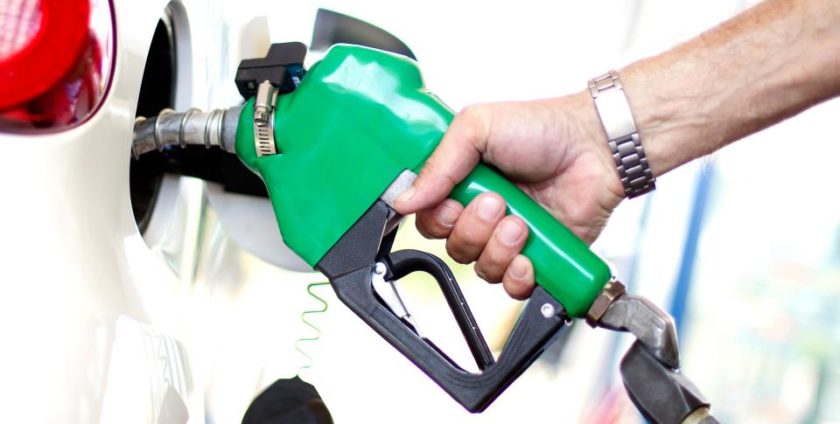Nigerian Economy And Subsidy Removal, By Cosmas Nwobi
The economy’s key sectors suffer due to low earnings already consumed by inflated subsidy payments. The trade deficit of $20 million recorded in November 2022 from the low crude oil export receipts signals the urgency to jettison petrol subsidy, develop local production capacity and end fuel import dependency for a favourable balance of trade.
Fuel subsidy was riddled with corruption, manipulation and mismanagement. The N3.92 trillion allocated for petrol subsidy between January 2020 and June 2022, surpasses the combined federal budgets for healthcare, education, and defence throughout the 30-month period. Nigeria spent about 10 trillion Naira on petroleum subsidies between 2006 – 2018. It gulped N5.82 trillion 2021 – 2022 and N3.36 trillion being proposed for the first six months of 2023. These figures indicate a significant drain on the government’s finances, impeding its ability to invest in crucial sectors which could bolster economic growth and people’s well-being
Such a dilemma and tough decision. The government is confronted with either continuing the subsidy and deepening an unsustainable fiscal deficit or risk potential social and economic unrest by its removal. Notwithstanding, the subsidy had to go. Fuel subsidy removal could save Nigeria around N7tn annually which could be channelled to infrastructure, education and health.
Over the years, the Nigerian economy has been subsidised in various ways for many years and this includes fuel, education, electricity forex etc. Fuel subsidies began in the 1970s and became institutionalised in 1977 following the promulgation of the Price Control Act which made it illegal for some products (including petrol) to be sold above the regulated price. While the concept of subsidy itself is noble, its administration in Nigeria has been plagued with serious allegations of corruption and mismanagement.
Thirteen years after diesel was deregulated, kerosene subsidy was removed in 2016. However, the subsidy on Petroleum Motor Spirit (PMS) has proven to be the biggest challenge to the managers of the Nigerian economy. On an annual basis, a substantial portion of the national inflow is committed to funding the subsidy scheme. Of course there are good reasons for the astronomical growth in subsidy amount-price of crude oil in the international market, volume of PMS consumed albeit debatable, and Naira devaluation are some of the drivers. In view of the significance of the amount committed to funding the subsidy regime, I strongly believed that there is a need to have a close look at this scheme.
According to the World Bank, Nigeria’s total revenue in 2000 was USD10.8 billion. By 2010, this amount increased to USD 67.9 bilion. Yet the Nigerian government has spent over USD 30 billion on fuel subsidies over the past 18 years. This has had a significant impact on funds available for critical infrastructure and other essential sectors such as education, health, and defence. According to the Debt Management Office, the country’s public debt stock is being increased as the government had to borrow N1tn to finance fuel subsidy in the year 2022.
According to a report, households in the bottom 40% of the income distribution account for less than 3% of all fuel purchases. Furthermore, it is reported that three-quarters of all fuel sold in Nigeria is consumed by private firms, public transportation services, government agencies, and other businesses. Most vehicles used for carrying large numbers of people (such as molue) and goods are diesel powered which is already deregulated.
Again, household Kerosene which is mostly used by the poor is no longer subsidised, meaning that the poor are already to a large extent paying market prices for their fuel. This effectively means that the government is subsidising mostly those who can afford fuel (PMS) at market rates and not the poorest of the poor who need subsidy. This is one of the major problems with the way fuel subsidy is being implemented in Nigeria. For the benefit of subsidy to reach its intended recipients, the current structure will need to be reviewed and creatively restructured.
Nevertheless, there are always ways to make things better for ordinary Nigerians in the phase of hardship occasioned by the subsidy removal. The government needs to implement mitigating measures swiftly to protect vulnerable households from the adverse effects of fuel price increases, investments in health, education, and infrastructure to support the poor, as well as expanding safety net programs to shield vulnerable populations from the immediate impact of subsidy removal in addition to a fair and equitable transition to a sustainable and economically secure future.



